Many families out West are worried that if they leave their home, it may not be standing when they return. That’s the reality when there have been 4,500 wildfires in California this year so far.
In 2016 Alabama had its own near catastrophe when Gatlinburg went up in flames from an out of control wildfire. At the same time the fire was out of control in Gatlinburg there were 5 unattended fires in Bibb County, 8 in Tuscaloosa County, 7 in Hale County and at least 127 unattended fires statewide according to officials from the Alabama Forestry Commission. We will talk more about Bibb County and Alabama in the following article.
It’s hard for Southerners even to appreciate how dry the West is and how easy it is to start a massive fire. This year’s fires have so far burned more than 400,000 acres, a land area equivalent to Denver and Los Angeles combined. The wreckage and smoke is so bad that it can be seen from space, and fires in California and Washington state can cloud the skies as far away as Idaho and Montana.
A recent article in The Washington Examiner places the blame for West Coast wildfires at the feet of policy makers who have failed to properly manage forestry resources and disputed claims of environmental or weather causes for the massive wildfires.
Last week U.S. Congressman Adam Schiff, an outspoken critic of the Trump administration, engaged in a Twitter exchange with President Trump on the subject of the wildfires. Trump tweeted that bad environmental laws and poor forestry management were to blame. Schiff responded with a tweet to Trump, blaming it on climate change. A Washington reporter quickly responded with a citation to a USDA report documenting that there are more than 129 million dead trees in California and citing forest mismanagement as the cause of the fires.
“There are some places where there may be four times as many trees as there should be,” Krystal Beckham of the Little Hoover Commission told the Washington Examiner’s Josh Siegel. “When you have trees that close together, they can’t get the water they need, so they are more susceptible to drought, insects, and disease. And when they start dying, they become a terrible fire threat.”
Instead of clearing out fuel and conducting controlled burns in order to moderate wildfires before they happen, the government puts its money toward suppressing active wildfires. This is done on the theory that it’s more natural to let forests grow on their own than to let fires rage except in areas where structures are threatened.
And yes, fire is part of nature (even if many of the fires are man-made) and that approach to forestry is indeed more natural, but that doesn’t make it the best approach for people, for whose sake governments exist. This year in California, nearly two dozen people are dead and hundreds more are homeless thanks in part to failed forest management. Nor is it good for people anywhere who pay taxes that more than half of the U.S. Forest Service’s budget is now spent on suppressing active wildfires instead of managing forests.
Congress has now given the Forest Service more funding for prevention, and the Trump administration is finally taking forest treatment and mitigation more seriously. But according to the Property and Environment Research Center, the backlog of restoration work could take decades to complete.
Forest management is not a panacea. Fires will happen either way. But they don’t have to be quite so intense or destructive. And the prevention and moderation of wildfires is a much more attainable goal than changing the entire planet’s climate. The Western fires that rage and drive people from their homes should serve as a reminder of this every summer.
Alabama officials have done much better with forestry management and prevention than what has been reported about the West Coast. For this article we talked with officials of the Alabama Forestry Commission including Sammy Holdsambeck of Bibb County, Brad Lang of Tuscaloosa County, Ethan Barrett of Hale County, Ronnie Turner of Tuscaloosa County and Scott Hallman of Hale County.
The mission of the Alabama Forestry Commission is prevention of wildfires, education, and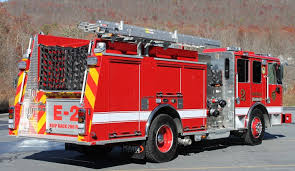 mitigation of pest infestations. In Bibb County there are only 2 employees and that seems to be the case in every county. There are only 132 employees statewide for 67 counties. They only have 2 airplanes on contract to fly the entire state for beetle and fire spotting. This means they must rely on local fire departments as first responders to react to forest or grass fires. If they cannot control then they are able to call neighboring counties for help but there are time delays to get equipment in. Even though the State and Bibb County have very limited resources because they have had an active forestry management and prevention program for many years they have been fortunate enough not to have the kind of wildfire problems that California has been experiencing this year.
mitigation of pest infestations. In Bibb County there are only 2 employees and that seems to be the case in every county. There are only 132 employees statewide for 67 counties. They only have 2 airplanes on contract to fly the entire state for beetle and fire spotting. This means they must rely on local fire departments as first responders to react to forest or grass fires. If they cannot control then they are able to call neighboring counties for help but there are time delays to get equipment in. Even though the State and Bibb County have very limited resources because they have had an active forestry management and prevention program for many years they have been fortunate enough not to have the kind of wildfire problems that California has been experiencing this year.
One recent year the weather was quite different and unusually dry. In the example of 24 Nov 2016 according to Sammy Holdsambeck there were 5 unattended fires in Bibb County raging due to the extreme dry conditions when weather intervened and the fires were extinguished by fortuitous rain. No other help was available at that time because fires were also ongoing in neighboring counties. A near catastrophe was averted.
Holdsambeck says that his department conducts controlled burnings for landowners in Bibb County at a small cost to the landowner. These planned burnings help to control wildfires. In addition most of Bibb County land is within 10 miles of the National Forest and landowners are eligible for a Stephens Grant (Federal). This grant will provide funds to perform clearing, grading and controlled burning for eligible landowners. The National Forest Service also conducts controlled burnings on a regular basis in the federal controlled areas.
Ethan Barrett of Hale County discussed a Forestry Service publication called 50 Ways to 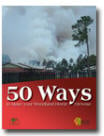 make your Woodland Home Firewise . This free booklet contains some great tips on how you can do simple things to make your home safer from wildfires for very little or no money at all. You can click on the highlighted link above to access this publication on your computer or you can visit all of the publications that are available from the Forestry Commission by going to their website at http://www.forestry.alabama.gov
make your Woodland Home Firewise . This free booklet contains some great tips on how you can do simple things to make your home safer from wildfires for very little or no money at all. You can click on the highlighted link above to access this publication on your computer or you can visit all of the publications that are available from the Forestry Commission by going to their website at http://www.forestry.alabama.gov
Holdsambeck reminds readers that a State Permit is required for any person burning 1/4 acre or more, regardless of who owns the land. Burn permits are obtained through the State. You can visit the State website at www.forestry.alabama.gov or call 800.392.5679


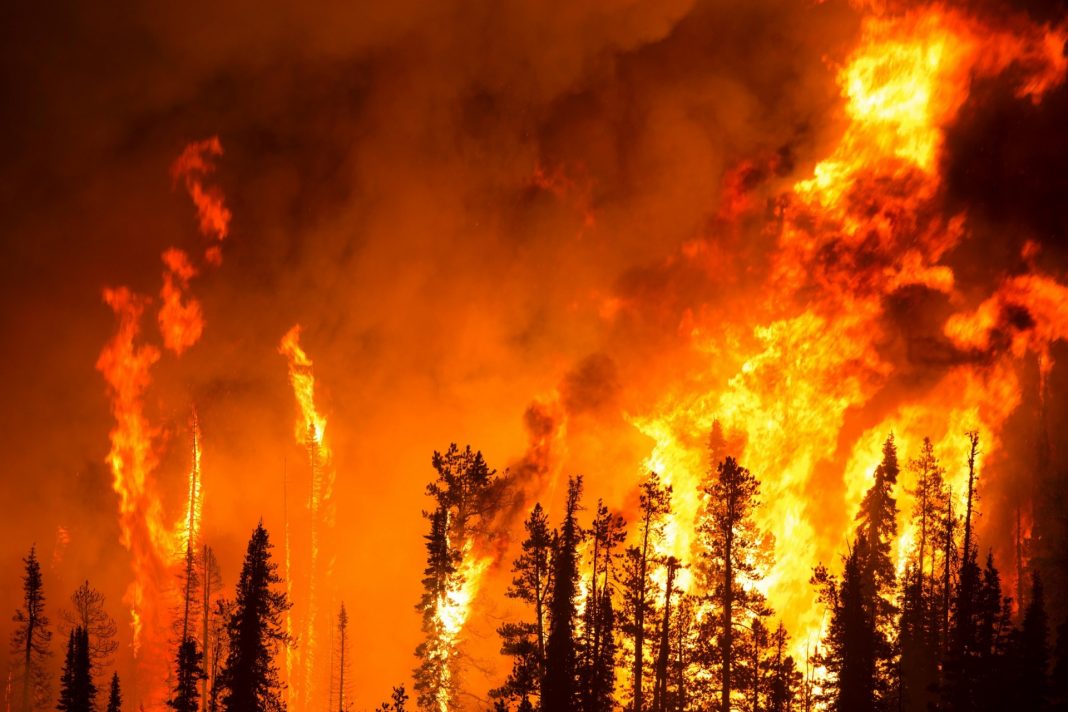

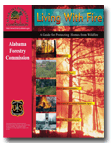


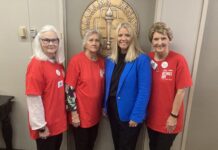
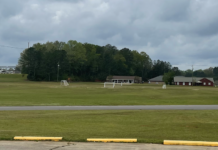









[…] week The Bibb Voice posted an article about the California Wildfires and the resources of the Alabama Forestry Division here in Bibb County. We heard from the U.S. […]